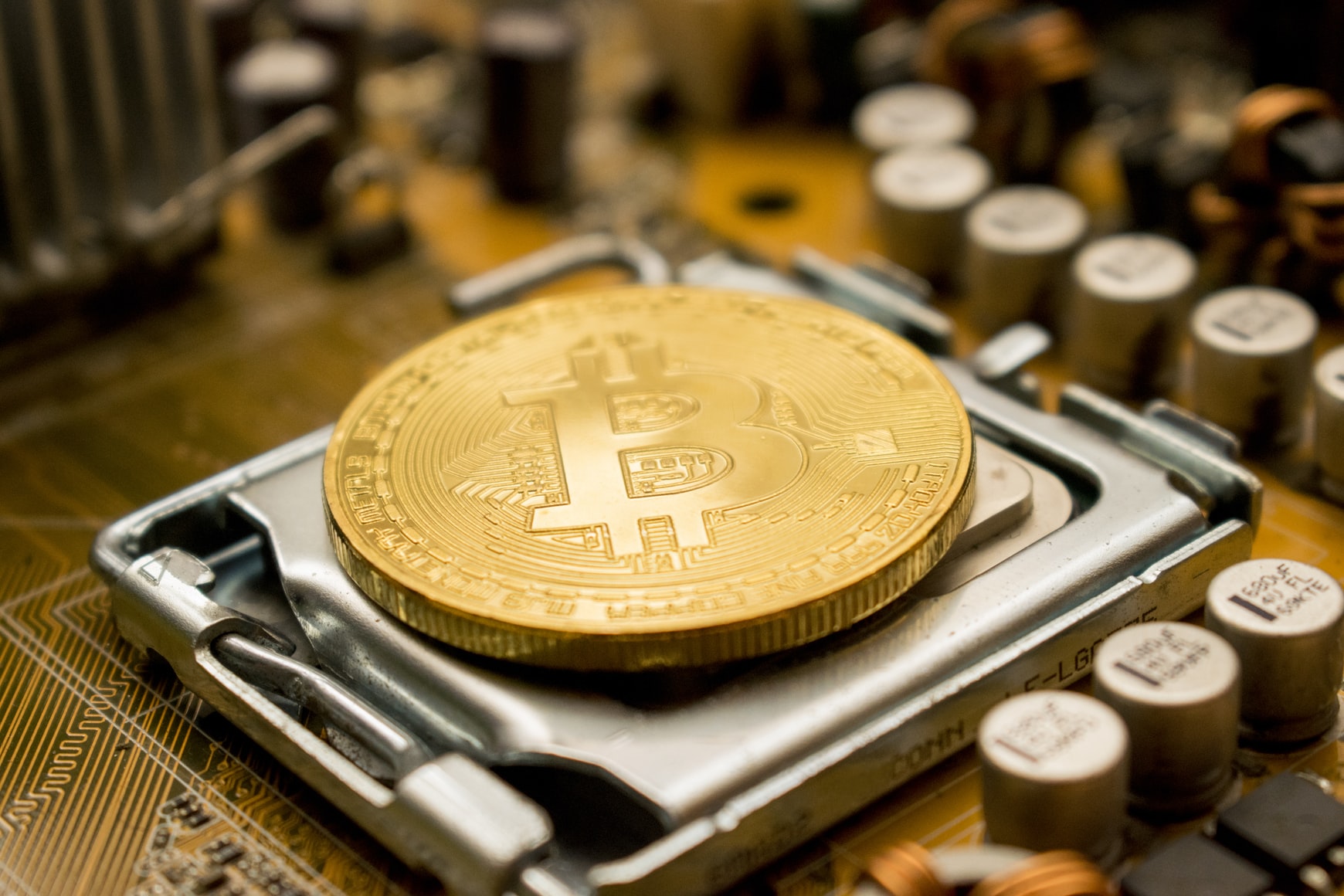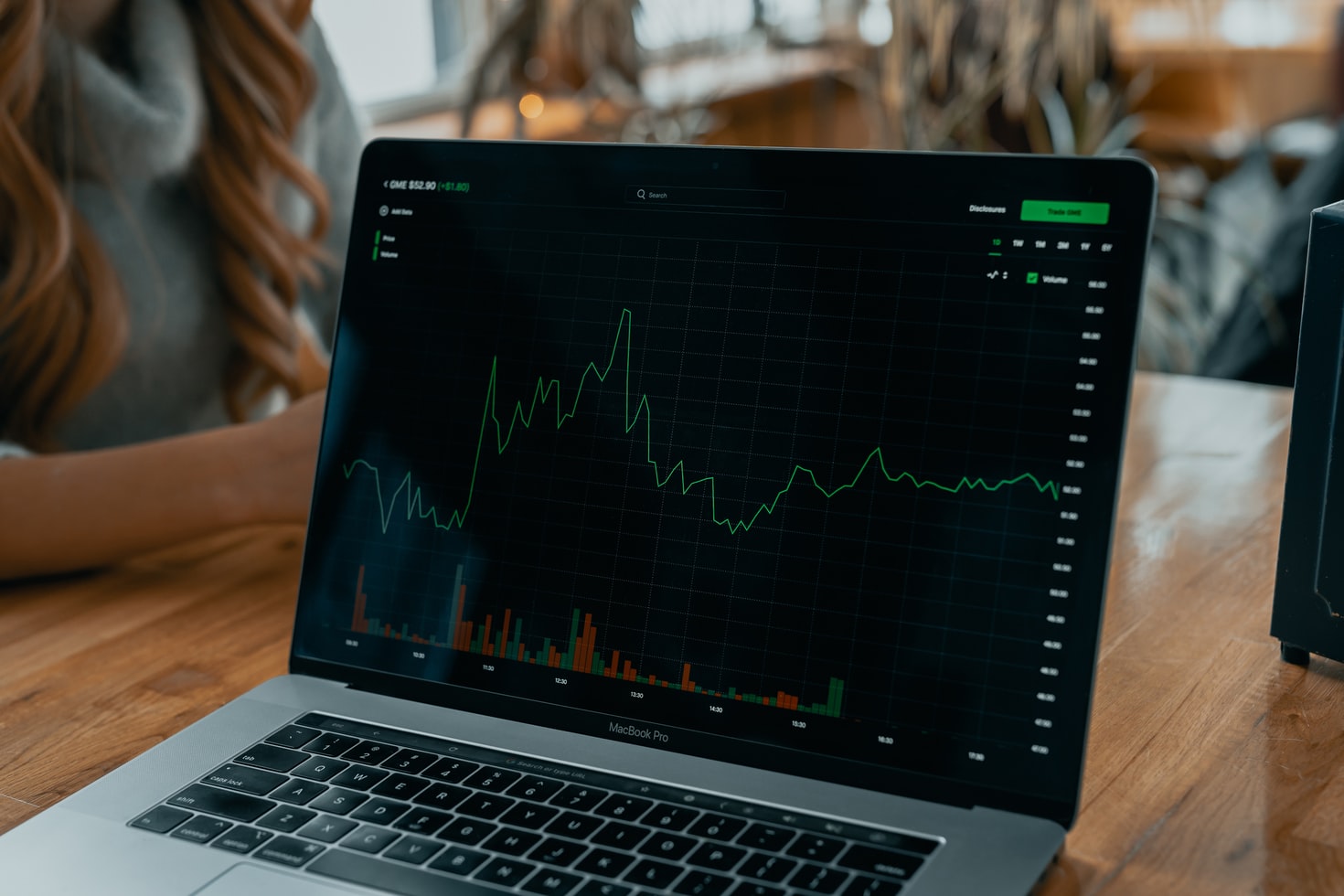What Is The “Bitcoin Halving?”
Ayelen Osorio
Community + Content Marketing
The Bitcoin halving (or “halvening”) happened on May 11, 2020. It happens every four years (or every 210,000 blocks of transactions to be precise) and essentially does what the name suggests – it cuts the amount of bitcoins issued every 10 minutes by half.
Bitcoins are generated by a process called “mining,” which we’ll cover a little later, but for now all you need to know is that miners process transactions and secure bitcoin’s network by solving a complicated computational (math) problem. In exchange for this work, they get rewarded with new bitcoins.
Related: What Has Happened Since the Bitcoin Halving?
When bitcoin first came out, people were able to mine 50 bitcoins every 10 minutes. Then, in the first halving of 2012, 25 bitcoins were issued every 10 minutes. In 2016, it was 12.5 bitcoins. On May 11, it was halved again to 6.25 bitcoins every 10 minutes. This will go on until the year 2140, when all 21 million bitcoins are mined. The idea is that as time goes on, it will get harder and harder for miners to produce and be rewarded with bitcoins.
You might be wondering: “Why would we ever cut someone’s reward in half? How can this be a good thing?” I hear you. But before we answer that, let’s get a quick lesson on basic economics. Only then will the tale of bitcoin’s halvening make sense.
It all starts with… avocados.
More Money Means Less Avocados
In our not-so-hypothetical world, the government has printed a lot of money and is pouring it back into the economy, which means you have more cash to spend.
Let’s assume the price of an avocado is $2. With your typical salary you can afford 1 avocado at that price. But thanks to the government printing more money, you have more cash to spend. Which means you now have $4 so, naturally, you buy 2 avocados instead of 1.
Since everyone can also afford to buy more avocados, the grocery store increases the price of avocados to $3. Well, with your $4 you can now only afford to buy 1 avocado.
What just happened? Well…your money has just lost buying power because now you need to spend more money to buy the same amount of goods. Should this trend continue, inflation would occur because inflation is a sustained increase in the price of goods over time.
The worst part about inflation is that it can sometimes completely collapse an entire country’s economy, making their population so impoverished they can barely afford to survive (Venezuela is an example of this). This is why creating a lot of money is not a good thing.
Learn more about the impact of printing unlimited money here.

Bitcoin Was Created To Protect Our Wealth
As we just learned, having too much of something makes it lose its value. While banks have the power to create more money by simply turning on the printing machine, it doesn’t mean that they should. That’s because – as we have seen with our avocados – by tinkering with the money supply, banks and governments can devalue currency and make their populations poorer.
The problem of money creation is what bitcoin (a form of digital cash) set out to solve. When bitcoin was created in 2009 by Satoshi Nakamoto, he designed a way for new bitcoin to be distributed without a person or group of people deciding who should get them or how much of it should be created. He understood that allowing one entity to control the money can only lead to them increasing their control over everyone’s life and everyone’s wealth – oops, my bad – lack of wealth.
We know from the start of this blog post that Bitcoins are generated by a process called “mining.” Like gold miners that need to dig out gold to bring it to the market, bitcoin miners spread around the world bring bitcoin into the market through a similar process called “bitcoin mining.”
Except that instead of miners physically digging out gold from the earth’s surface, bitcoin miners are solving super complex algorithms that go WAY over my head. Over everybody’s head. Which is why powerful computers are needed to do this.

Why “the Bitcoin Halving” is Important
Why not keep the reward the same? Isn’t that unfair to the miners who work so hard? Kind of.
The answer again lies in supply and demand and ties back to our example of our avocados. If coins are created too quickly and there’s no end to bitcoins created, eventually there will be SO MANY bitcoin in circulation that they would have very little value. And inflation may ensue.
Bitcoin was designed to be valuable in that there will only ever be a specific number of them in existence (21 million). Plus, inflation in bitcoin’s economy is kept in check by slowing its creation and cutting its supply through the process of “the halving”.
Each time a Bitcoin halving event has occurred, it seems to have eventually had a positive effect on the price. That’s why even the most novice investor who is still developing their initial interest in all things bitcoin is primed and ready to get into the market.
All of that being said, there is so much more to this third bitcoin halving event than just the appreciation of bitcoin’s price. It’s another opportunity to get the brand name in the public eye and increase adoption (which certainly helps drive the price). It also causes veterans to rebalance their portfolios and pay attention to the movers and shakers that are shaping the future of digital currencies and blockchain technology.

How the Bitcoin Halving Event Affects Price
It’s certainly true that the price of Bitcoin eventually goes up after each halving event. The world now has three of them to compare to each other, so it’s not just hearsay.
However, as with any form of investment in a free market, the price movement of Bitcoin is seldom linear. It goes up and down, sometimes skyrockets, and other times it plummets. At the present moment, the market is living through a bullish trend, but that can flip at any moment. Just as this is being written, the price moved from $10,100-$8,600 in 15 minutes on BitMex, one of the largest exchanges in the world by trading volume.
While this current bullish trend is unlikely to continue past $13,700, where there is a big band of resistance among traders, the long term trend is set to move well beyond the all-time high $20,000 mark bitcoin surpassed at the end of 2017.
What’s important to know though is that where miners used to earn 12.5 bitcoins every time a reward was paid out, they will now earn 6.25 bitcoins on their payouts. This is important for two reasons.
Number one, it decreases the new circulating supply of bitcoins, making those already in circulation more valuable. Secondly, it makes mining Bitcoin profitable, which forces smaller miners to sell their hardware to bigger mining pools, effectively centralizing both profits and the power to control consensus over the decision-making that affects the Bitcoin network, which is supposed to be democratic in nature.

Billionaire Investor Paul Tudor Jones Adds Bitcoin to Portfolio
Paul Tudor Jones’ name may not roll off of the tongue quite like Warren Buffet’s, but just like the Oracle from Omaha, Jones is one of the most respected investors on Wall Street. Jones is on the record in saying that the current state of the Bitcoin network and the market sentiment around it resembles what it was like to invest in gold in the 1970s. In a letter to his investors, Jones specifically stated, “The best profit-maximizing strategy is to own the fastest horse… If I am forced to forecast, it will be Bitcoin.”
The fact that he’s investing is music to the ears of the average Bitcoin enthusiast who is playing with significantly less money as they wait for institutional level investing to take digital currencies to a whole new level, with Bitcoin leading the rising tide.
Goldman Sachs Bashes Bitcoin in Report to Investors
Just because it appears Mr. Jones is going bullish on Bitcoin, it doesn’t mean that all of his fellow institutional level investors are joining the parade. One investing firm certainly opposing Jones’ view is Goldman Sachs.
In an advisory call to clients on May 27, the company walked investors through a slideshow presentation clearly stating that digital currencies are not an asset class. Leaders on the call went on to say that something cannot be considered an appreciating asset just because another person is willing to pay more for it. The presentation ended with investors pointing out the Bitcoin has a long history of being used for illicit purposes, like the sale of guns and drugs.
The investor meetings certainly hit a chord with Crypto Twitter, billionaire and crypto exchange owner Cameron Winklevoss tweeting about some of the regulatory hurdles Bitcoin has jumped over in the last five years. Clearly the market is listening to him.
J.P. Morgan Chase Accepts Bitcoin Businesses
With the Bitcoin Price running up towards an all-time high in September 2017, J.P. Morgan Chase CEO Jamie Dimon denounced that Bitcoin had any value, saying that its price run up was worse than the tulip bubble in the 1600s. It’s not just the fact that the bank is now accepting Bitcoin businesses as customers that’s impressive. It’s the names of those businesses that really matters. Gemini and Coinbase, two of the largest Bitcoin exchanges in the world.
With that recent announcement coming down the pipeline, what purists have been hoping for a long time now is finally happening. Major institutions with big-time pull financially are finally hedging their bets and investing in digital currencies.
Elon Musk Teaches J.K Rowling about Bitcoin
In a bit of lighter news, J.K. Rowling, author of the Harry Potter series of books, and Elon Musk, the owner of Tesla Motors, engaged in a Twitter conversation which saw the literary billionaire get a lesson or two about Bitcoin from one of the world’s most insightful technological minds. While it was a great playful exchange and ultimately gave the brand name of Bitcoin a fair number of mentions and retweets, Musk went on to admit that he only owns 0.25 BTC at the moment. Apparently while Rich investors like Paul Tudor Jones are starting to recommend Bitcoin to their clients, others like Musk appear to be in the game just for fun.
As for Rowling, she was fortunate enough to not only receive tips from Musk, she got tips from all kinds of Twitter accounts extolling the virtues of the blockchain and hungry to teach her all about it. Of course, there were certainly detractors bashing the Bitcoin bandwagon as well. Some trolls will do anything to get exposure.

How to Buy Bitcoin in Canada
Given there are so many promising things happening in the digital currency space amid all the turmoil surrounding the globe right now, more and more investors are starting to ask themselves, “How can I buy Bitcoin in Canada.” It’s a question people are often dying to know the answer to when the price is rising, especially at a time like this.
The best option for all of those people is of course to use a crypto exchange in Canada. That way there is no need to convert money into a different national currency before going digital.
The best way to get started right now is to use blog.netcoins.com. Sign up for a free account now to get in on the Bitcoin revolution that is becoming more and more undeniable as the days pass. Remember, if you’re looking to buy bitcoin in Canada, Netcoins makes it simple.
Learn more about Bitcoin halving here:
The Bitcoin Halvening Is Coming
Bitcoins Halving Explained Simple – Does It Affect Bitcoin’s Price?
What Is The Halvening?
Written by: Ayelen Osorio
Writer, community + content marketing at Netcoins. Life's biggest enthusiast. Learn crypto with me.